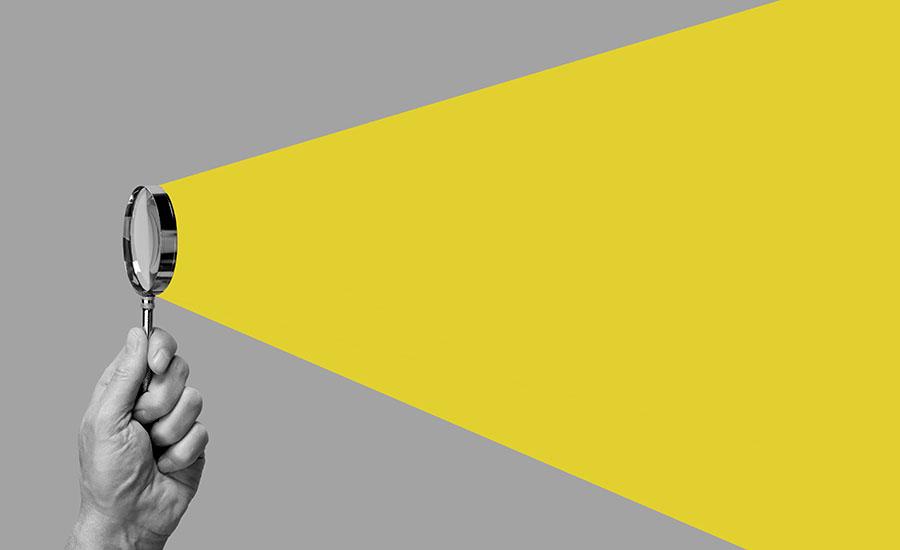
This lesson helps kids have an understanding of how our eyes capture light. A camera captures pictures of objects using a similar way so in this experiment, kids will be making a camera using simple

This lesson helps kids have an understanding of how our eyes capture light. A camera captures pictures of objects using a similar way so in this experiment, kids will be making a camera using simple
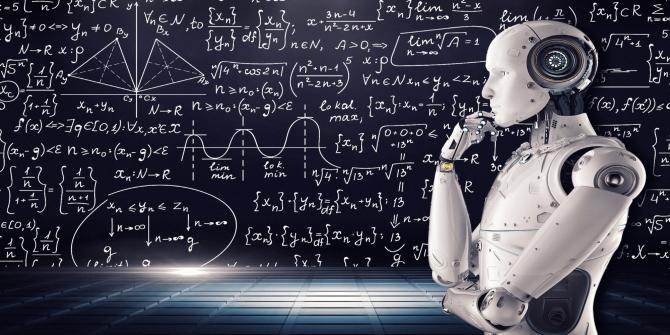
In this lesson, students begin to develop questions about what is being wasted in our school. It could be waste during lunch or waste as an overall school. Students will conduct an investigation
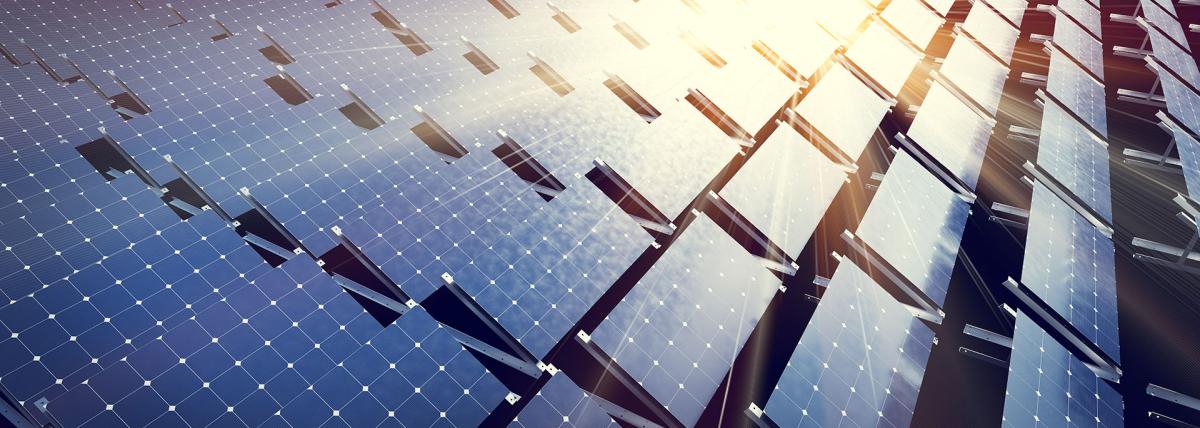
In this lesson, students will build on what they understand about heat/energy transfer to research, design, and construct solar cookers.
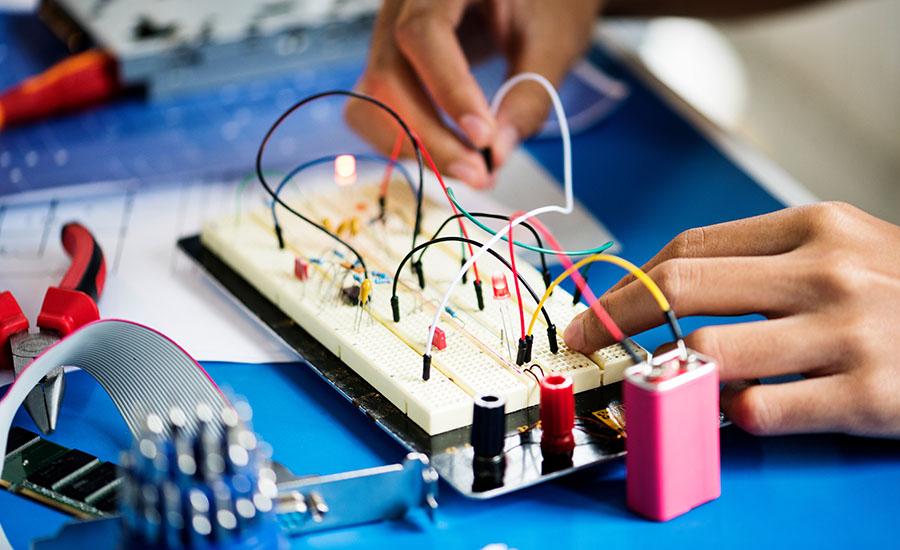
Students will investigate how a simple circuit works through the use of Squishy Circuits. This is part 2 of a 3 part unit but can also be done as a stand alone activity. Students will draw and label
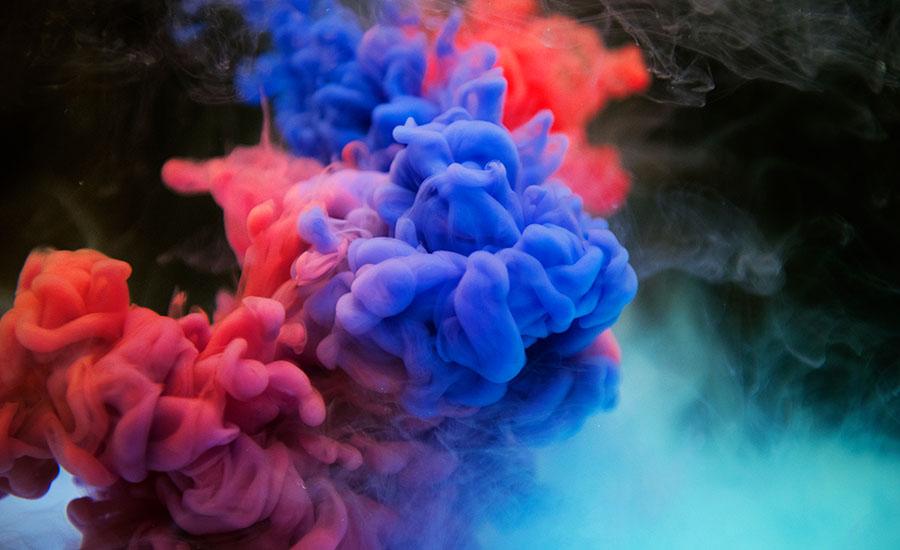
In this lesson students will be able to make their own slime using chemistry and chemical reactions then use their slime as a model for fractions while reading a short story called, "Slimey is Half."
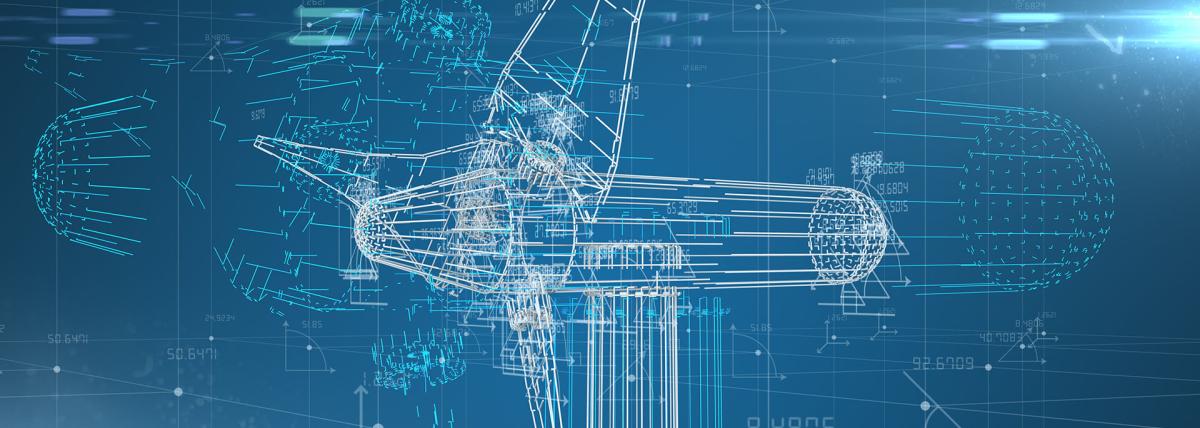
Students are challenged with making a simple hoop glider and then altering it to achieve the greatest possible distance before being given the opportunity to change hoop materials and achieve the
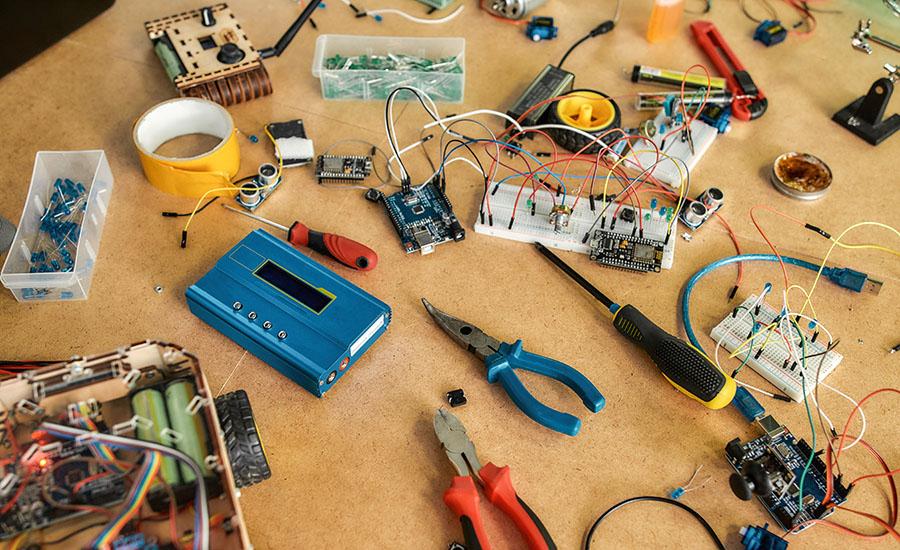

In this lesson students will use the Engineering Design Process to build a zipline carrier that will take their passenger down the zipline in a given time period, adjusting and altering their design

The students design and test a catapult using simple materials like popsicle sticks and rubber bands. They learn about the history of catapults and also about the physical science concepts related to